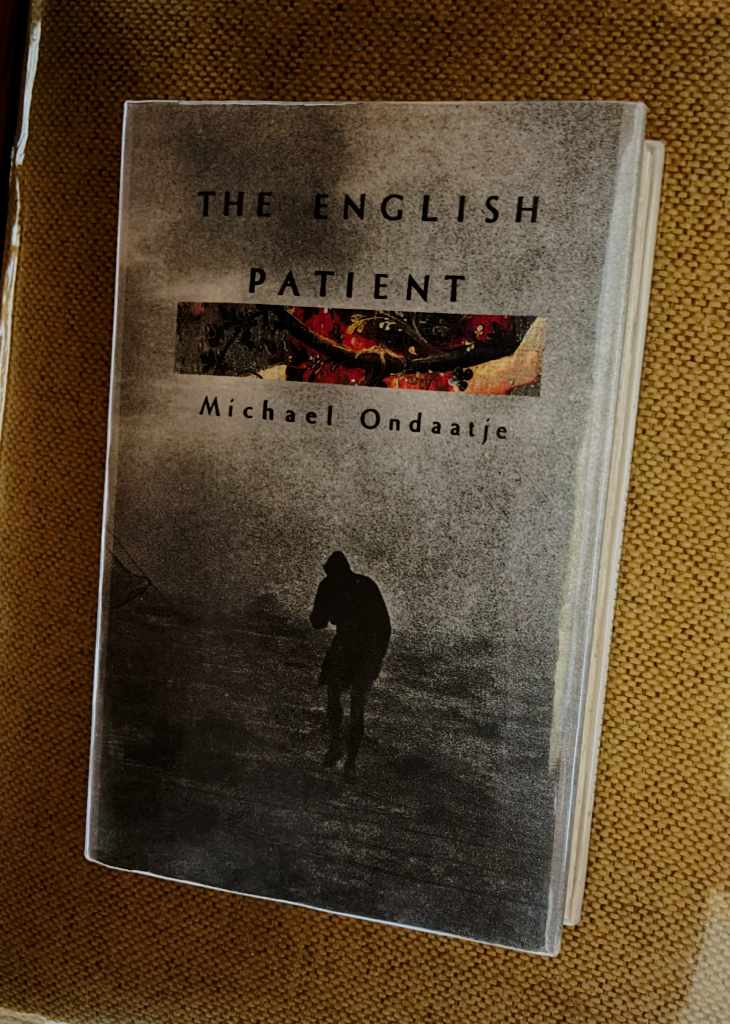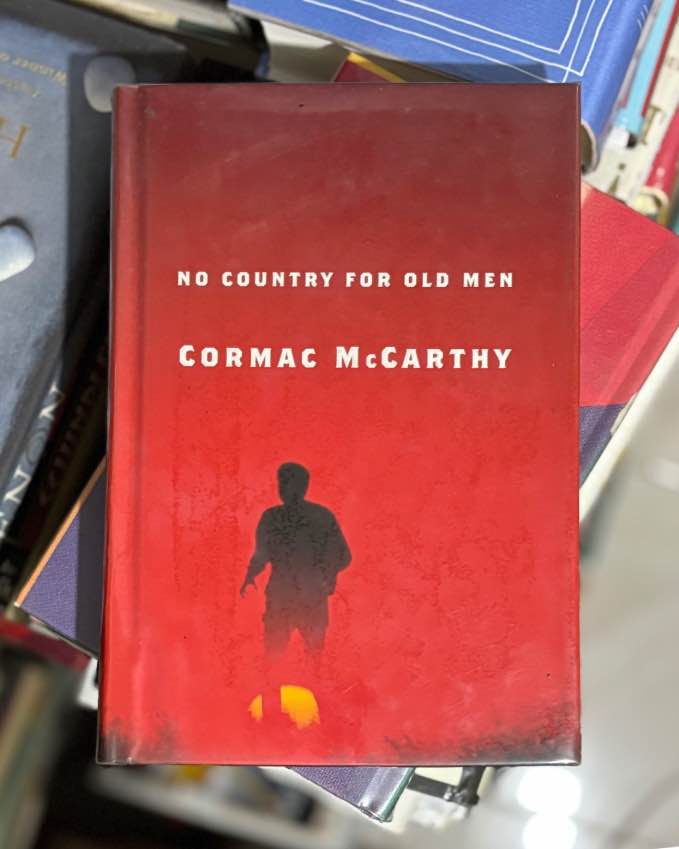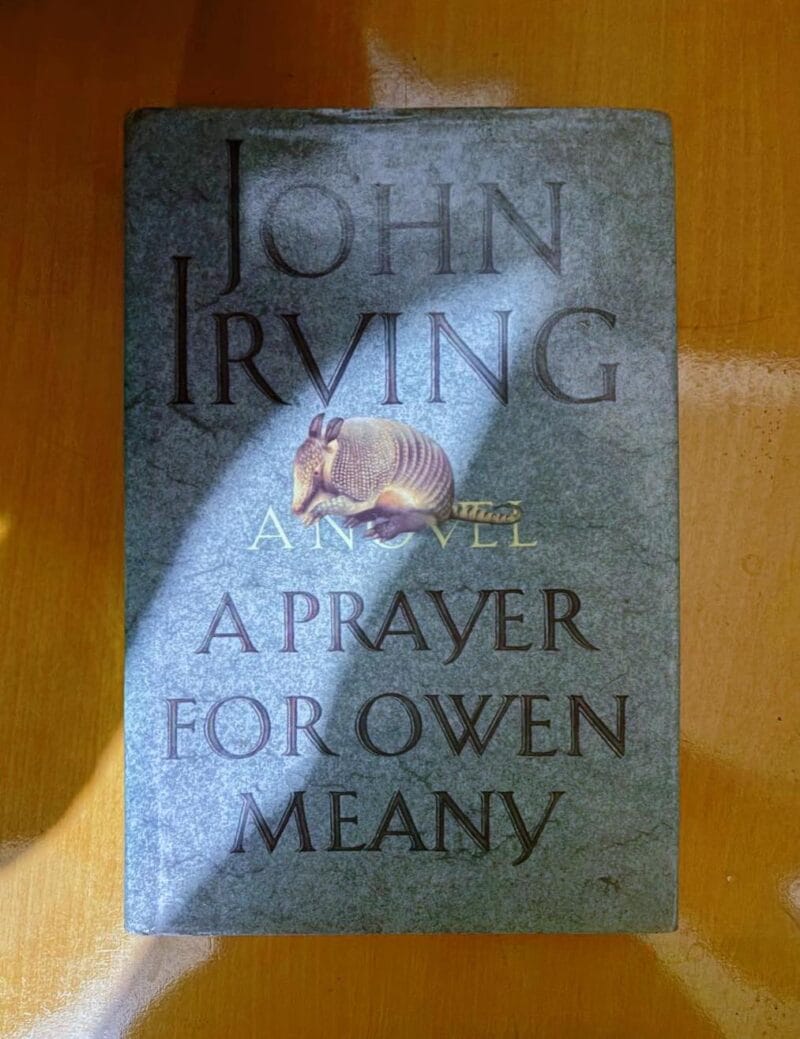- Anthony Minghella’s film adaptation of The English Patient functions as an interpretive response to Michael Ondaatje’s novel, rather than a direct retelling.
- The book’s structure—shaped by memory, nonlinear time, and shifting perspectives—is translated into film through editing, sound, and visual rhythm.
- Minghella emphasizes emotional continuity over strict chronology, crafting a cinematic grammar that mirrors the novel’s reflective tone. While the film omits certain subplots, it refocuses the story around memory, intimacy, and loss.
- Key strategies include:
– Juxtaposing confined and expansive spaces
– Using recurring visual motifs like the desert, plane, and cave
– Employing silence and music to shape mood and time
– Replacing prose introspection with sensory immersion - Both novel and film treat form not as a container but as a method of discovery, with adaptation serving as a form of analysis. Minghella’s version reframes Ondaatje’s meditation on history and memory through the language of cinema.
Adaptation functions as a form of interpretation; it tests the endurance of a work when transferred from one medium to another. Certain novels demand this process because their structure and rhythm impose a challenge rather than provide a template. Michael Ondaatje’s The English Patient (1992) is one such work. Its transition from book to film raises questions about how narrative form, tone, and perspective are reshaped once language is replaced by image and sound. Anthony Minghella’s adaptation confronts these questions directly, treating cinema as a means of analysis rather than imitation.
This article examines how Minghella reinterprets the novel’s construction of memory and identity through cinematic form while retaining the meditative quality that defines Ondaatje’s prose.
Introduction
The book begins in a ruined Italian villa at the end of the Second World War. Four characters share the space: a nurse haunted by loss, a thief marked by violence, a sapper clearing the remnants of war, and a severely burned man known only as the English patient, who remembers his past only in fragments. From this confined setting, the novel moves through a series of recollections that gradually reveal his history as the explorer Count László Almásy.
The book’s design is elliptical. It moves through shifting perspectives and incomplete memories to create coherence from fragments. Its subject is not only what happened but also how what happened is remembered. Through these reflections, Ondaatje connects the private and the historical, demonstrating how memory operates as the novel’s central mechanism for organizing experience shaped by war and loss.
The Problem of Adaptation
Adapting The English Patient presents both structural and interpretive challenges. The novel unfolds through discontinuous episodes, alternating perspectives, and memories that overlap rather than align. Its narrative logic depends on movement between reminiscences and discoveries rather than on linear progression.
When Minghella directed the film in 1996, he faced the question of how to translate this complex organization of time and memory into cinematic form. The process required him to condense multiple narrative strands while devising visual and auditory patterns that could preserve the novel’s reflective tempo. His adaptation, therefore, became an experiment in how film could sustain the novel’s temporal complexity without sacrificing coherence.
Central Argument
In this context, Minghella’s adaptation of The English Patient reinterprets the novel’s fragmented storytelling through the visual and temporal grammar of film. By translating Ondaatje’s interwoven memories of love, conflict, and self-discovery into patterns of image, rhythm, and sound, the film functions as a critical reading rather than a retelling. Minghella demonstrates how cinema transforms Ondaatje’s narrative technique, shaping remembered experience into a structure of gradual revelation; the film preserves the novel’s meditative character while giving it a distinct visual and emotional language.
Outline of Analysis
The sections that follow examine this process of reinterpretation. The first investigates how Ondaatje builds the novel’s architecture of memory—how his language arranges fragments of perception into a cumulative whole. The next analyzes how Minghella translates that structure into film, using editing, visual design, and temporal rhythm to create continuity from disruption. The final section argues that adaptation, in this instance, becomes a form of critical response: the film’s reorganization of narrative elements amounts to an interpretation of the novel’s ideas about memory, history, and reconstruction.
Taken together, these inquiries consider The English Patient as a prime example of how film adaptation can renew a literary masterpiece. The transition from novel to film shows how Ondaatje’s and Minghella’s works converge on a shared task: transforming a fragmented narrative into a unified artistic structure across two distinct mediums.
The Novel’s Architecture of Memory
Ondaatje structures The English Patient around discontinuity. The narrative moves between the war’s aftermath in the Italian villa and earlier episodes in the North African desert. These time frames overlap rather than follow one another, giving the novel the rhythm of retrospection rather than historical sequence.
The story unfolds through alternating points of view—Hana, Caravaggio, Kip, and the burned patient—each disclosing fragments that complete or contradict what others remember. This arrangement replaces the coherence of a linear plot with a mosaic of memory, revealing how remembrance in the novel operates through recurrence, revision, and gradual accumulation.
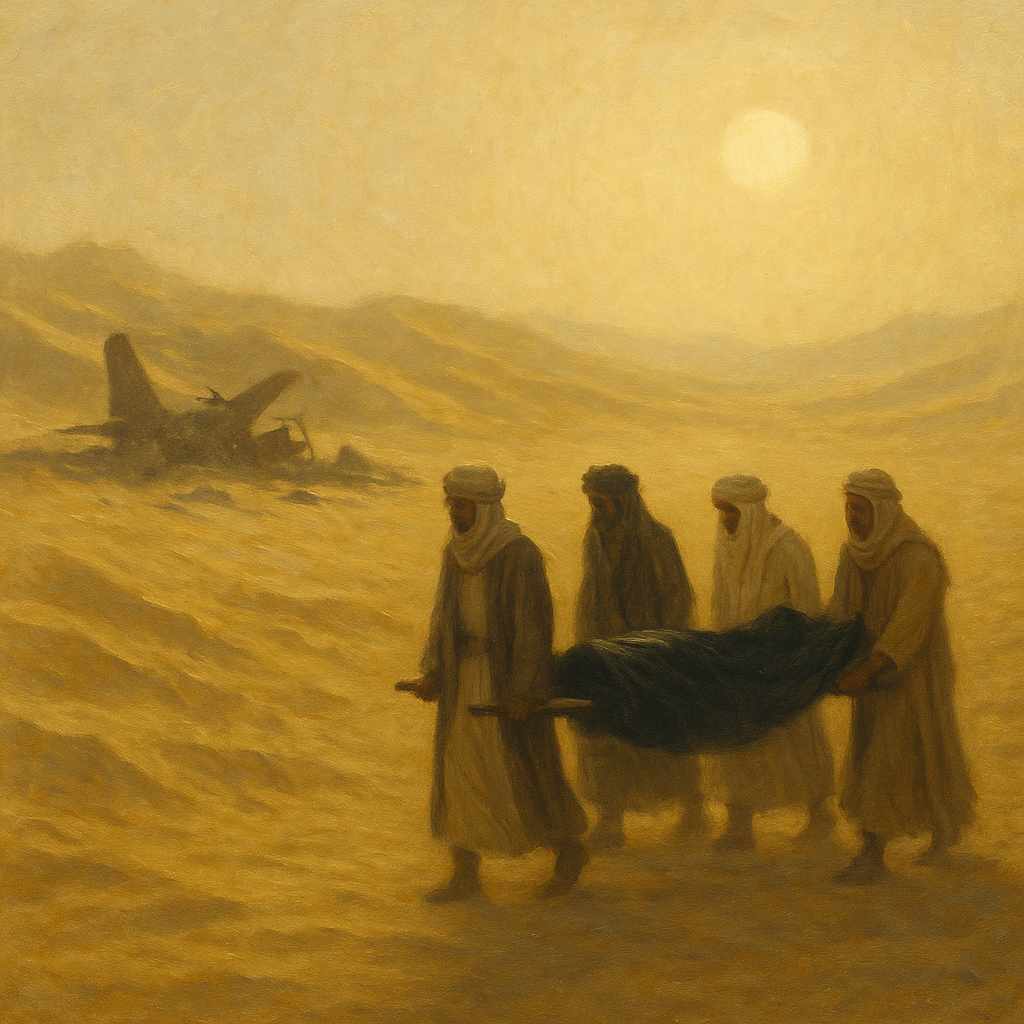
Memory as Narrative Principle
In The English Patient, memory functions as the novel’s organizing force. Every revelation arises from memory rather than from external action. What the reader learns about each character—Hana’s grief, Caravaggio’s injuries, Kip’s disillusionment, and the patient’s hidden identity—emerges through acts of remembering. The past is not presented as a completed sequence but as a set of recoveries, each one partial and conditioned by loss.
Ondaatje constructs the novel so that remembrance replaces cause and effect. The order of events depends on what a character recalls, not on when it occurred. This method turns memory into a narrative mechanism: it controls disclosure, determines rhythm, and merges the personal with the historical. Through this design, the novel treats remembering as both discovery and reconstruction, showing how history becomes legible only when filtered through subjective recall.
Language and Reconstruction
Ondaatje’s prose organizes memory through rhythm and restraint. His writing alternates between passages of dense description followed by moments of withdrawal, when the narrative withholds detail and lets meaning emerge by implication. A single scene may dwell on the physical presence of sand, fabric, or light, then shift abruptly, leaving the connection unstated.
This movement between revelation and restraint reproduces the patterns of memory, in which vivid fragments surface against what remains unrecovered. What holds the book together is not chronological order but the recurrence of sensory detail—the way an image or phrase reappears across chapters to link distant moments and disparate narrative threads. Ondaatje’s use of repetition and juxtaposition anticipates a cinematic rhythm, a stylistic logic that paves the way for Minghella’s adaptation.
Thematic Convergence
All of Ondaatje’s formal decisions—his fragmented chronology, alternating perspectives, and recurring imagery—converge on a single purpose: to show how lives damaged by war and displacement can be partially restored through acts of remembering. The novel’s structure mirrors that process. Each narrative fragment serves as both revelation and renewal by assembling a sense of order from scattered memory. By layering individual histories, Ondaatje builds a collective portrait of people connected by their attempt to recover a sense of order after loss.
This architecture of remembrance establishes the conditions that make the story adaptable to film. The novel already operates through visual rhythm and associative movement; its transitions resemble cinematic cuts, and its repetitions function like motifs within a sequence. What Minghella inherits, therefore, is not only a set of characters and events but also a compositional principle, a way of shaping time through patterned recurrence and deliberate return. His adaptation extends this logic into another medium, employing image and sound to translate the novel’s exploration of how memory constructs, rather than merely recalls, the past.
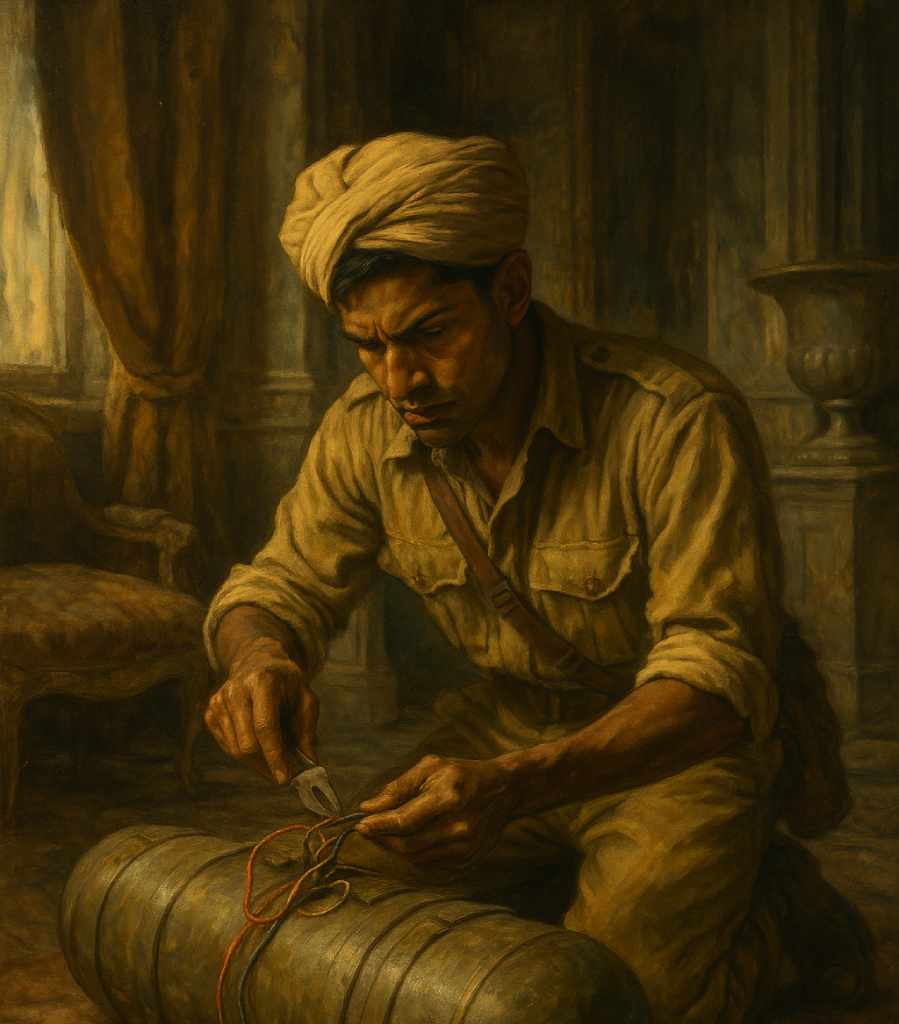
The Film’s Grammar of Adaptation
The novel’s formal structure anticipates its own cinematic transformation. Minghella responds by developing a visual and auditory grammar that mirrors Ondaatje’s use of fragmentation and shifting patterns. His adaptation reconfigures narrative movement through image, sound, and rhythm, treating film not as replication but as a distinct compositional act.
Temporal Reconfiguration
Minghella’s film retains the novel’s alternating time frames—post-war Italy and the earlier desert explorations—but arranges them within a more discernible temporal loop. The flashbacks depend on the patient’s recollections and on Hana’s gradual discovery of his identity, giving the book’s interior memories a visible and causal structure. Editing establishes coherence through deliberate contrast: the film cuts between the stillness of the villa and the expansiveness of the desert to show how the past continues to shape the present.
This reconfiguration of time transforms Ondaatje’s fragmented chronology into a visual system of recurrence. Each return to the desert functions as an act of recovery, connecting the film’s imagery to the novel’s associative movement of memory. The repetition of certain motifs—the plane, the maps, the cave—creates a rhythm of recognition that mirrors the book’s internal patterns of musing and meditations on the past. By organizing the story through these visual echoes, Minghella translates the novel’s structure into a coherent cinematic logic.
Visual Composition and Texture
Minghella’s visual design converts Ondaatje’s descriptive precision into a language of light and space. The film uses contrast between enclosure and expanse, e.g., the dim interiors of the villa against the open desert, to externalize the novel’s movement between intimacy and vastness. Each setting mirrors a state of consciousness: the villa as a space of confinement and recovery, the desert as one of memory and vast ungraspable distance. The camera lingers on surfaces such as skin, sand, and fabric, which replicates Ondaatje’s attention to tactile detail while granting it visual immediacy.

The imagery also establishes continuity between characters and landscapes. The color palette of scorched golds and muted browns links human bodies to the desert terrain, suggesting that memory and landscape inhabit the same weathered surface. Through such composition, Minghella gives material form to what Ondaatje conveys through language: the persistence of the past within the present. The film’s visual rhythm therefore functions as interpretation, revealing how image can sustain the novel’s meditative tone while translating it into cinematic perception.
Sound and Emotional Pacing
Sound in Minghella’s adaptation serves both atmosphere and design. Gabriel Yared’s score shapes the film’s sense of movement, using repeated motifs to give memory an audible form. Each reprise of melody links past and present through feeling rather than sequence, maintaining continuity through tone. In contrast, long intervals of quiet scenes in the villa draw focus to gesture and expression, making the absence of sound a narrative device. The interplay between music and stillness corresponds to the book’s alternation between descriptive and meditative passages.
Dialogue is similarly measured. Minghella avoids theatrical exposition, relying on restrained exchanges that echo the novel’s elliptical conversations. The rhythm of speech carries more heft than the information conveyed, replicating the book’s reliance on tone and cadence to express unspoken emotion. Through this careful calibration of sound and silence, the film maintains the contemplative quality of Ondaatje’s prose while achieving its own form of narrative tempo.
Adaptation as Synthesis
Minghella’s adaptation unites structure, image, and sound into a single interpretive lens. His film does not simply reproduce the novel’s design but reimagines its logic through cinematic means. Editing organizes time through visual rhythm; composition gives language a material counterpart; and sound shapes emotion through modulation rather than statement. Each element contributes to a unified strategy: to find cinematic equivalents for the novel’s exploration of how experience is assembled from fragments of memory.
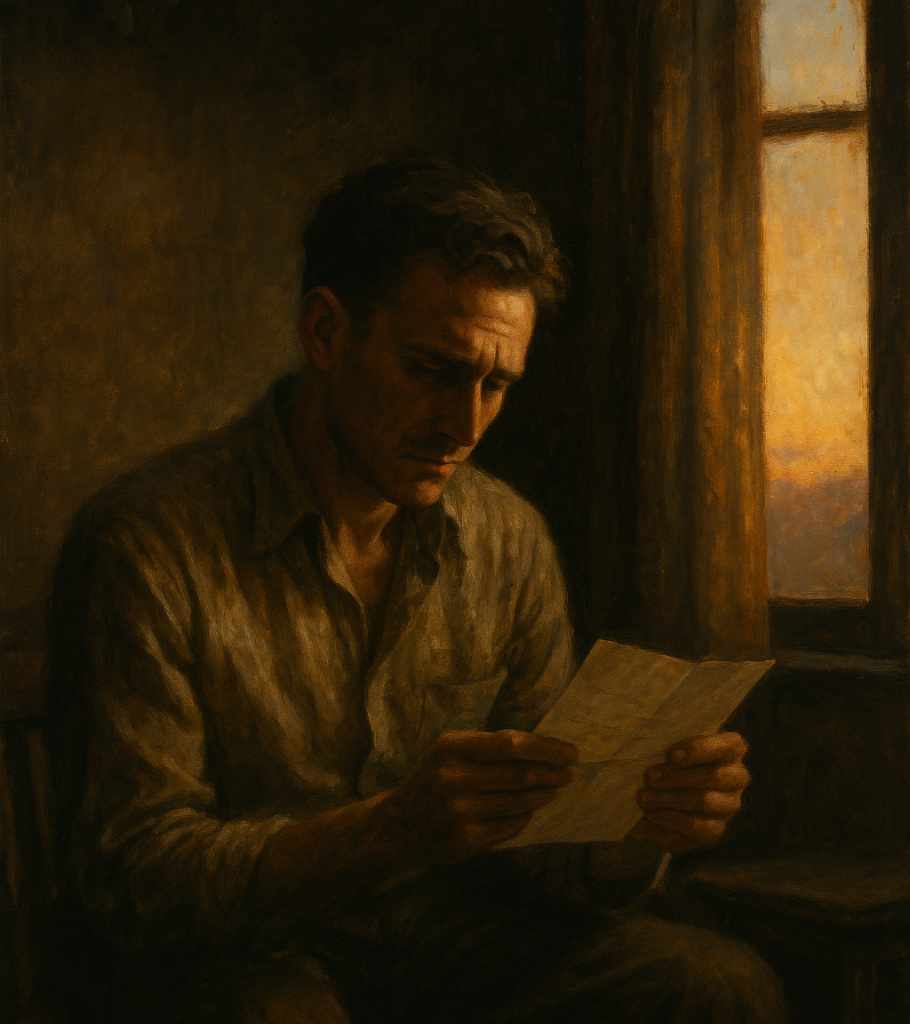
The result is a work extending Ondaatje’s literary sensibility rather than just simplifying it. The film clarifies the novel’s architecture by giving its patterns a sensory form that words alone suggest. In doing so, Minghella demonstrates that adaptation can function as complementary analysis—an inquiry conducted through another medium. His English Patient proves that film adaptation, when guided by precision and restraint, can reveal the structure of the original with greater clarity.
Adaptation as Interpretation
Minghella’s film makes deliberate decisions about what to preserve, exclude, and emphasize. These choices do not simplify the novel but reframe it through a different lens. The result is a distinct interpretive structure that restates the book’s concerns through the tools of cinema.
Interpretive Choices and Artistic Intent
Minghella’s interpretation of The English Patient hinges on strategic selection. The film omits large portions of the novel (Caravaggio’s interior reflections, Kip’s political awakening, the broader colonial critique), but these absences are not oversimplifications. By foregrounding the relationships among Hana, Almásy, and Katharine, Minghella concentrates on how love and loss organize memory into personal narrative. This narrowing of scope transforms the film into a study of perception: how human attachment dictates the reconstruction of the past.
Minghella’s choices here reveal an analytical purpose. Where Ondaatje distributes attention across multiple perspectives, the film centralizes experience through visual emphasis. Close framing and extended takes place the viewer inside the English patient’s field of reminiscences, exchanging verbal consciousness with sensory immersion. The adaptation therefore interprets rather than reduces the novel, proposing that its essence lies not in the breadth of its history but in the persistence of its remembering.
Reconstruction Through Form

Through Minghella’s film, it redefines the novel’s structure of remembering: Ondaatje’s book organizes memory through the movement of thought; Minghella translates that process into the material terms of cinema through the interplay of image, rhythm, and spatial relation. The viewer learns as the camera moves: the story takes shape not within a character’s reflection but within the arrangement of where the camera lingers.
This shift transforms the logic of narrative reconstruction. While the novel composes memory through narration, the film gathers it through visual acuity. Minghella’s use of recurring motifs—the cave, the plane, the desert—keeps the narrative continuity by simple recognition instead of prose exposition. The film thus adapts not only the form but also the mode of interpretation and awareness through which the story is consumed.
Medium and Knowledge
Crucially, neither work treats form as a neutral vessel; instead, form itself becomes a way of knowing. For example, the English patient’s copy of Herodotus’s Histories, filled with his own handwritten notes and clippings, becomes a symbol of layered memory and knowledge: a classical text of history turned personal palimpsest.
Ondaatje’s narration often blurs the line between documented history and personal memory, suggesting that what we know of the past is always a blend of recorded fact and subjective recollection. What was achieved in the novel via poetic association and gradual exposition, the movie achieves through montage—assembling fragments of past and present into a meaningful sequence the viewer can ultimately decode.
Conclusion
In the end, both the novel and the film illuminate the idea that form is a way of knowing. Ondaatje’s layered narrative suggests that to know anything, one must assemble it from disparate, often unreliable memories, acknowledging silence and gaps as part of the truth. Minghella’s film suggests that to truly know those same things, one must also see and feel them, that understanding comes through our senses and emotions as much as through intellect. Neither medium’s approach is superficial; indeed, each enriches the core story in its own way.
The English Patient, therefore, stands as a fascinating case of a story told in two languages, one of words and one of images, each offering a substantial, layered, and insightful experience of memory and knowledge. The film’s final, lingering images—Hana in a truck, looking up at the sun streaming through tall trees, with a hopeful look on her face as she heads toward a new life—remind us that those discoveries, however beautiful or painful, are what make us human in the search for knowledge across time and art.
Further Reading
‘It’s the book that gave me freedom’: Michael Ondaatje on The English Patient by Aida Edemariam, The Guardian
Anthony Minghella on The English Patient by The Criterion Collection
The English Patient: Author Michael Ondaatje and Director Anthony Minghella interview (1996) by Manufacturing Intellect, YouTube
What I didn’t understand about the ending of “THE ENGLISH PATIENT”… [SPOILERS] on Reddit
